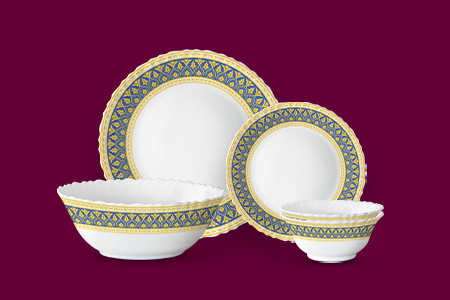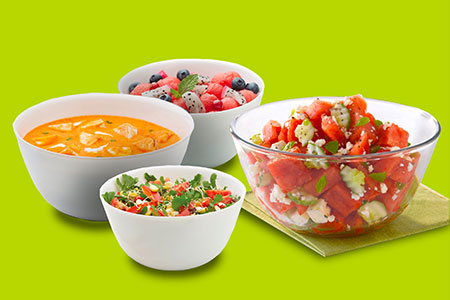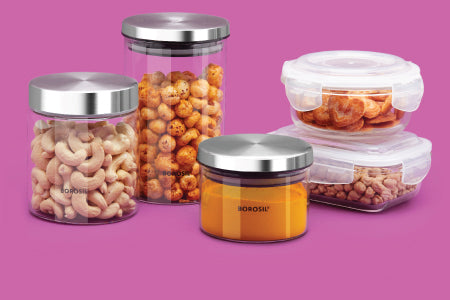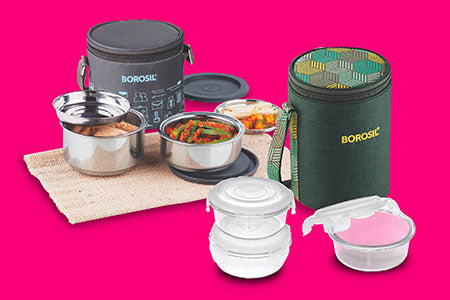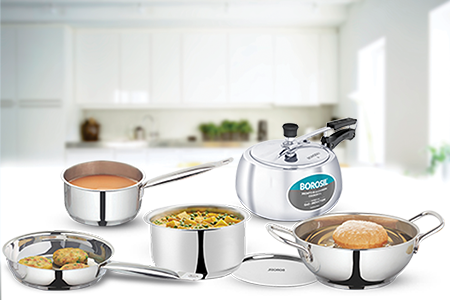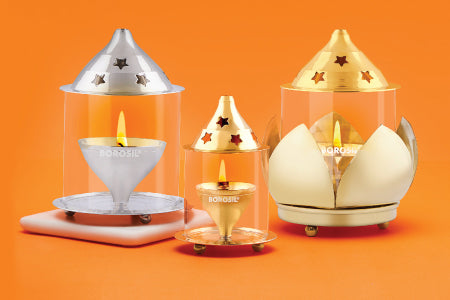
Everything You Need to Know About Dal
Unveiling the Diversity of Indian Dals: A Comprehensive Guide
In the tapestry of Indian cuisine, few elements are as foundational and cherished as dal. Dal, also known as lentils or pulses, is not just a staple food but a cultural emblem that embodies the essence of Indian culinary tradition. From north to south, east to west, the diversity of Indian dal types mirrors the rich tapestry of India's regional cuisines. In this comprehensive guide, we embark on a journey to explore the myriad varieties of different types of dal, their characteristics, nutritional benefits, and their role in Indian cuisine.
What is Dal?
Dal refers to dried, split pulses that are a significant component of Indian cuisine. Pulses are the edible seeds of legume plants and are a rich source of protein, fibre, vitamins, and minerals. All types of dal are not only nutritious but also versatile, lending themselves to a wide array of dishes, from comforting soups to hearty stews and flavorful accompaniments.
Types of Indian Dals:
Various types of dal come in a breathtaking array of varieties, each with its unique flavour, texture, and culinary applications. Let's delve into some of the most popular types:
a. Toor/Tuvar Dal (Pigeon Pea):
Indian dal types like Toor dal, also known as tuvar dal or arhar dal, are one of the most commonly used dals in Indian cooking. It has a mild, nutty flavour and cooks relatively quickly. Toor dal is a staple in South Indian cuisine, where it forms the base for sambar, a tangy lentil-based stew. It's also used in traditional Gujarati dishes like dal dhokli.
b. Chana Dal (Split Bengal Gram):
All types of dal include Chana dal, derived from split Bengal gram, and has a slightly sweet and nutty flavour. It's pale yellow in colour and holds its shape well when cooked. Chana dal is popular in both savoury and sweet dishes. It's a key ingredient in dishes like chana dal fry, dal makhani, and the classic Indian dessert, chana dal halwa.
c. Moong Dal (Split Mung Beans):
Indian dal types include Moong dal, made from split mung beans, and are prized for their delicate flavour and easy digestibility. It cooks quickly and has a creamy texture when cooked. Moong dal is versatile and is used in a variety of dishes, including dal tadka, khichdi, and traditional sweets like moong dal halwa.
d. Masoor Dal (Red Lentils):
Different types of dal like Masoor dal, derived from red lentils, are known for their quick cooking time and earthy flavour. It ranges in colour from golden orange to deep red and turns golden when cooked. Masoor dal is commonly used in dishes like masoor dal tadka, dal soup, and as a base for curries.
e. Urad Dal (Black Gram):
All types of dal include Urad dal, also known as black gram or black lentils, which has a rich, creamy texture and a distinct, earthy flavour. It's commonly used in South Indian cuisine, where it's a key ingredient in dishes like dal makhani, idli, and dosa batter.
f. Moth Dal (Matki Beans):
Indian dal types include Moth dal, derived from matki beans, which is a lesser-known dal variety with a nutty flavour and firm texture. It's popular in regions like Maharashtra and Gujarat, where it's used in dishes like matki usal and sprouted dal chaat.
g. Rajma (Kidney Beans):
While not technically a dal, rajma, or kidney beans, deserves mention for its popularity in North Indian cuisine. Rajma is used to make the classic Punjabi dish, rajma masala, a hearty curry simmered in a rich tomato gravy.
Characteristics of Indian Dals:
Each type of dal possesses unique characteristics that influence its culinary applications and nutritional profile. Here are some key characteristics:
→ Texture:
Indian dal types vary in texture from creamy and smooth (e.g., moong dal) to firm and chunky (e.g., chana dal).
→ Flavour:
Dals exhibit a range of flavours, including nutty (e.g., chana dal), earthy (e.g., masoor dal), and mild (e.g., toor dal).
→ Cooking Time:
The cooking time varies for different days, with some like moong dal cooking quickly, while others like chana dal require longer simmering.
→ Nutritional Profile:
Different types of dal are rich sources of protein, fibre, vitamins, and minerals. They are low in fat and cholesterol, making them an excellent choice for a healthy diet.
→ Culinary Versatility:
Various types of dal are incredibly versatile and can be used in soups, stews, curries, salads, snacks, and even desserts.
Nutritional Benefits of Indian Dals:
Dals are nutritional powerhouses packed with essential nutrients that promote overall health and well-being. Here are some key nutritional benefits:
⋆ Protein:
Dals are an excellent source of plant-based protein, making them an essential component of vegetarian and vegan diets.
⋆ Fibre:
Indian dal types are rich in dietary fibre, which aids digestion, promotes satiety, and helps regulate blood sugar levels.
⋆ Vitamins and Minerals:
All types of dal provide essential vitamins and minerals such as folate, iron, potassium, and magnesium, which are vital for various bodily functions.
⋆ Low in Fat:
Dals are naturally low in fat and cholesterol, making them heart-healthy food choices.
Culinary Uses of Indian Dals:
Indian dals are used in a multitude of dishes across the subcontinent. Here are some popular culinary uses:
‣ Dal Tadka:
Tempered dal flavoured with spices like cumin, mustard seeds, and garlic.
‣ Dal Fry:
A delicious fried dal preparation with onions, tomatoes, and spices.
‣ Dal Makhani:
A rich and creamy dal dish made with urad dal and kidney beans, simmered in a buttery tomato gravy.
‣ Sambar:
A tangy South Indian lentil stew made with toor dal, vegetables, and a blend of spices.
‣ Khichdi:
A comforting one-pot meal made with rice, lentils, and spices, often served with yoghurt or pickles.
‣ Desserts:
Different types of dal are also used in traditional Indian desserts like halwa, ladoo, and kheer, adding a unique flavour and texture.
In conclusion,
Indian dals are not just a culinary staple but an integral part of the cultural fabric of India. From the creamy richness of urad dal to the comforting simplicity of moong dal, each variety offers a unique sensory experience that celebrates the diversity of Indian cuisine. Whether enjoyed as a humble dal tadka or elevated to gourmet status in dishes like dal makhani, dals continue to captivate palates and nourish souls across the globe. So, the next time you savour a bowl of dal, remember the rich history, diverse flavours, and nutritional bounty that it represents.
Embrace the versatility and richness of Indian dals, and let them elevate your culinary adventures to new heights!



